Dive into plant health as we unravel the intricacies of Leaf Spot Management. Understanding the causes and symptoms is crucial for nurturing thriving greenery. This guide will explore effective treatments using natural and organic remedies. Equip yourself with the knowledge to shield your plants from this common affliction, fostering a vibrant and resilient garden.
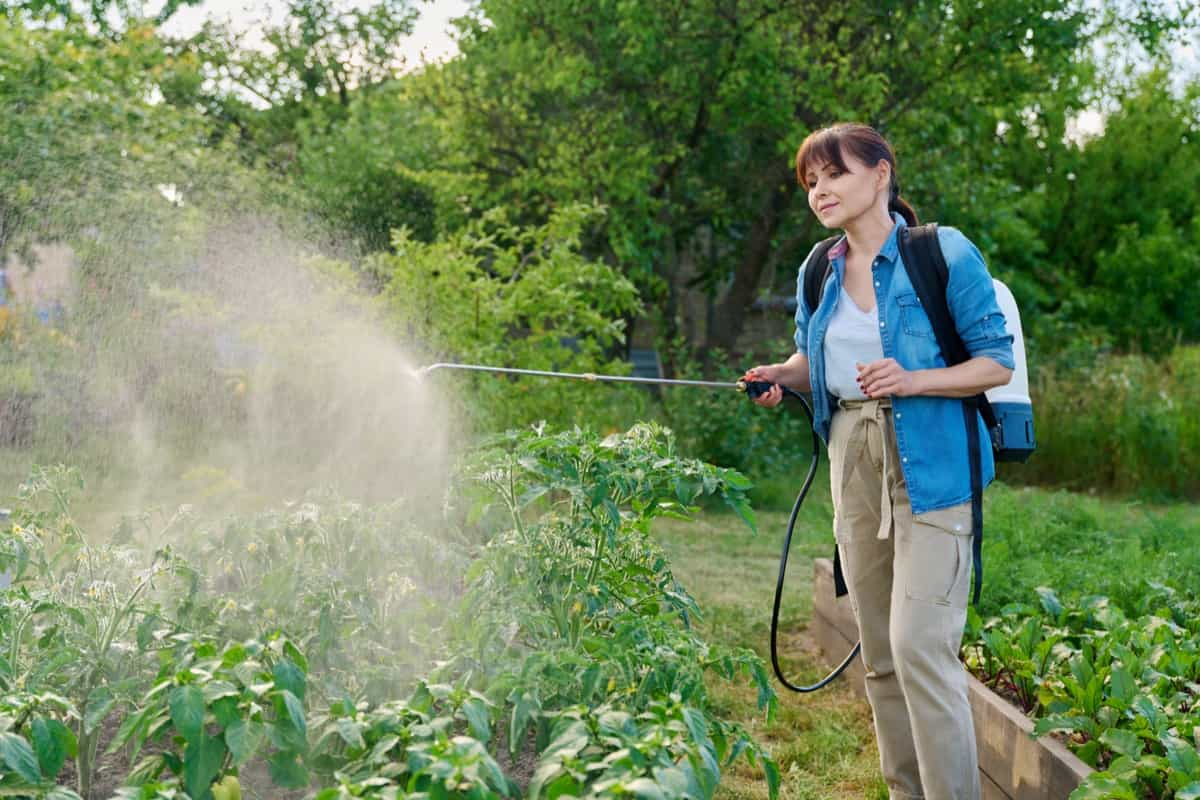
Leaf Spot Management in Plants
Leaf Spot Causes, Symptoms, and Impact on Plant Health
Leaf spot diseases are a variety of diseases caused by fungi, bacteria, viruses, nematodes, or environmental factors that result in discolored spots or lesions on plant leaves. These diseases affect various types of plants, including trees, shrubs, flowers, fruits, and vegetables. Common examples include anthracnose, alternaria leaf spot, Cercospora leaf spot, septoria leaf spot, and bacterial leaf spot. Leaf spot diseases can impact plant health in various ways, including reduced photosynthesis, premature leaf drop, increased susceptibility to other diseases, and reduced marketability.
Reduced photosynthesis can lead to stunted growth, lower yields, and poor quality of plants or products. Premature leaf drops can expose plants to more stress from sunburn, frost damage, or pest attacks, reducing the aesthetic value of ornamental plants. Increased susceptibility to other diseases can result from wounds or openings on the leaf surface, leading to secondary infections or diseases.
Identifying Common Leaf Spot Diseases in Plants
Leaf spot diseases are a significant issue in plants, affecting various types of plants. They can be identified by their host range, symptoms, and seasonality. Anthracnose affects various plants like maple, dogwood, oak, sycamore, cucumber, and tomato, while Alternaria mainly affects brassicas like broccoli, cabbage, and cauliflower. Symptoms vary, with anthracnose causing irregular brown or black spots with tan centers and dark margins, Alternaria causing dark brown or black spots with concentric rings.
In case you missed it: How to Control Common Plant Fungal Diseases: Homemade Natural and Organic Remedies for Fungal Diseases
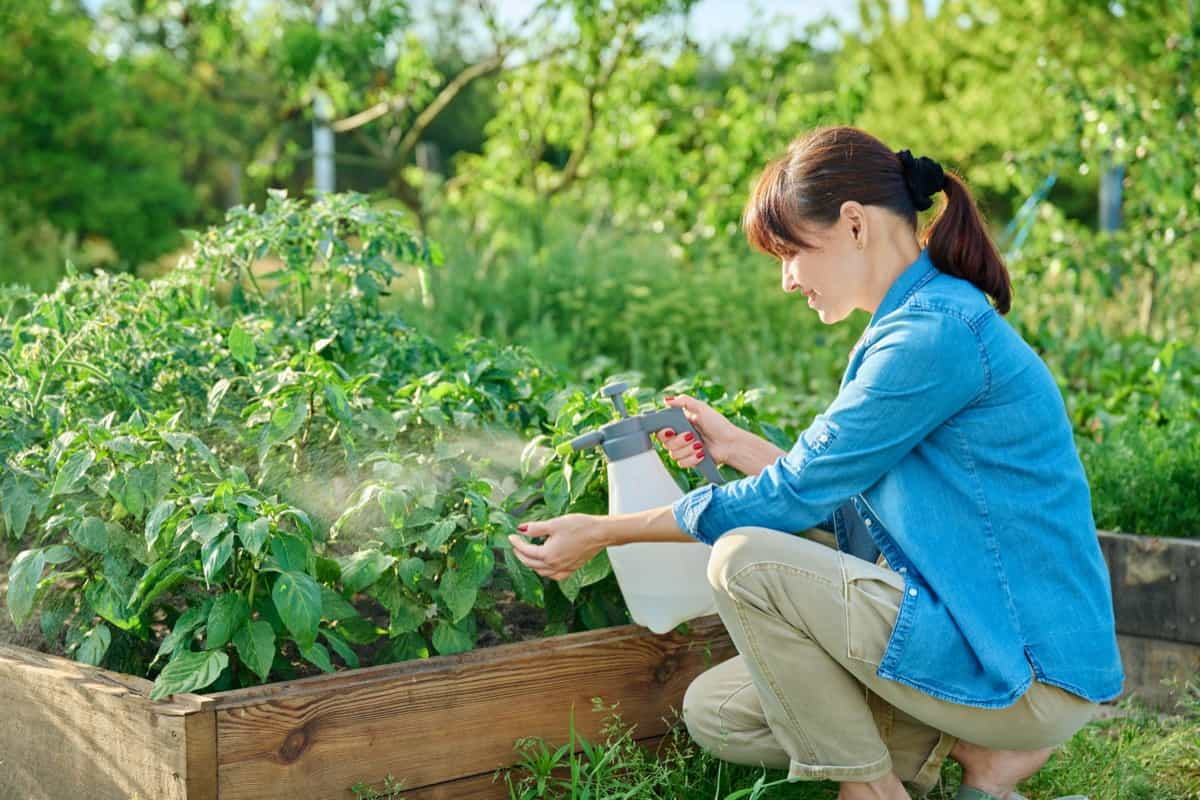
Cercospora causing grayish-white spots with purple borders, septoria causing small circular brown spots with black dots in the center, and bacterial causing angular water-soaked spots that turn brown or black and may ooze a sticky substance. Seasonality also plays a role, with leaf spot diseases occurring at different times of the year depending on weather conditions and the pathogen’s life cycle.
To ensure the pathogen’s identity, tests may need to be done in the lab. For example, spores or bacteria from infected leaves can be looked at under a microscope, fungi or bacteria can be grown on artificial media, or molecular techniques like polymerase chain reaction or DNA sequencing can be used.
Factors Contributing to Leaf Spot Development in Plants
- The presence of a susceptible host plant
- The presence of a virulent pathogen
- Favorable environmental conditions
Host susceptibility refers to a plant’s genetic makeup or physiological state, which can make it more susceptible to certain leaf spot diseases. Pathogen virulence is the genetic variation or adaptation of a pathogen, which can overcome the resistance of a host plant or evolve to become more infectious or damaging.
Environmental conditions, such as temperature, humidity, rainfall, dew, and wind, can also play a role in leaf spot development. High humidity and wetness on the leaf surface are essential for spore germination and infection, while specific temperature ranges are necessary for optimal growth and reproduction.
Recognizing the Symptoms of Leaf Spot in Plants
Leaf spot in plants is a disease that affects the growth and development of leaves. Common symptoms include spots or lesions, which are discolored areas on the leaf surface, varying in size, shape, color, and pattern. These can be circular, irregular, angular, or elongated and may be brown, black, tan, gray, white, yellow, or red. Chlorosis, the lossing green color in leaves due to reduced chlorophyll production, indicates reduced photosynthesis and plant health.
Necrosis, the death of plant tissue due to infection or damage, may occur within the spots or lesions or at the edges or tips of the leaves. Wilting, the loss of turgor or firmness in leaves due to water loss or disruption of water transport, may result in limp, floppy, or curled leaves that may collapse. Distortion, the abnormal shape or size of leaves due to infection or damage, may result in twisted, curled, cupped, puckered, or deformed leaves that may reduce photosynthesis and plant health. Recognizing these symptoms is crucial for diagnosing and managing the disease.
In case you missed it: 12 Best Compost Bins for Home in India with Price: Cheap for Indoors, Outdoors, and Kitchens
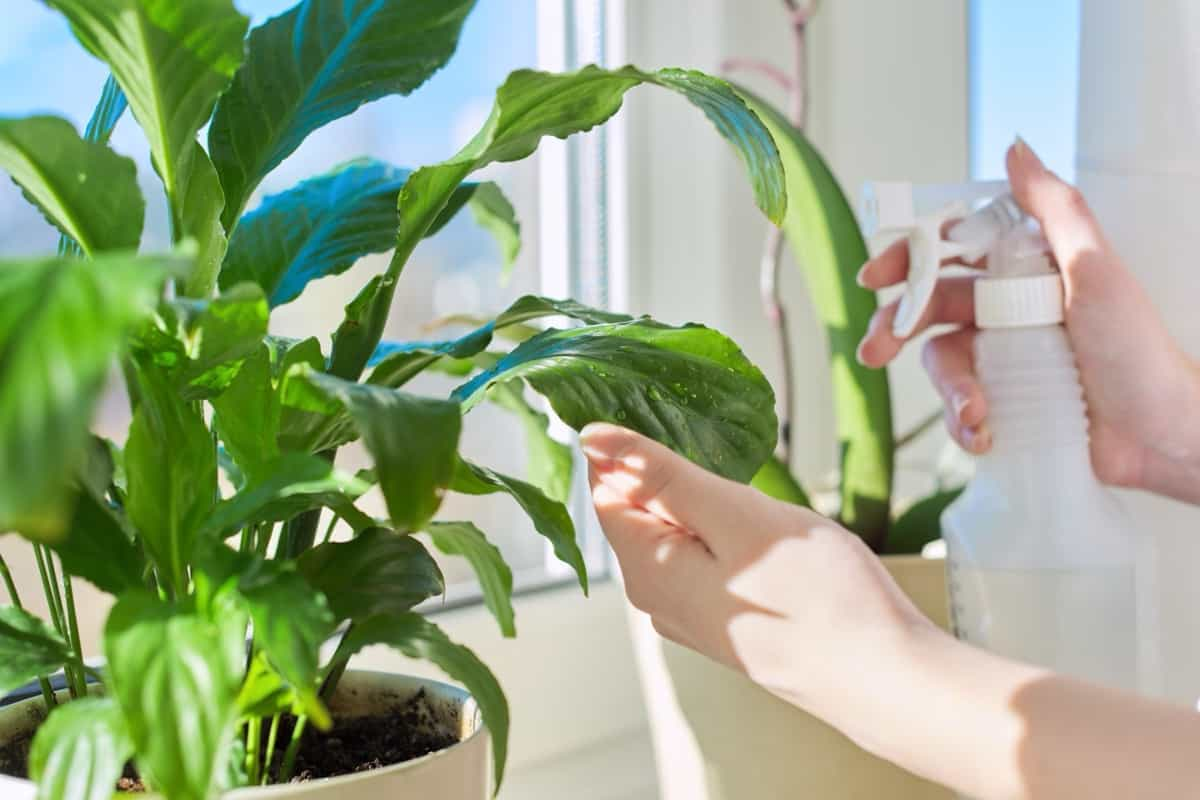
How Leaf Spot Diseases Spread and Infect Plants
Leaf spot diseases are a group of fungal and bacterial infections that cause discolored lesions or spots on the leaves of affected plants. Pathogenic fungi primarily cause them, but bacteria cause some. These pathogens exploit the leaf’s surface and can quickly increase, producing visible spots or lesions. The fungi produce spores that can be disseminated by wind, rain, insects, or even garden tools.
Some notable leaf spot diseases include Alteraria Leaf Spot, Anthracnose, Bacterial Leaf Spot, and Foliar Nematode Leaf Spot. Alteraria is a fungal disease that manifests as dark, round, or elongated spots with concentric rings on leaf surfaces, causing premature leaf drop and impacting plant vigor and crop yields.
Anthracnose is a fungal disease affecting numerous plants, such as Brassicas, Cucurbits, onion, and garlic. Bacterial Leaf Spot disease caused by bacteria in the genera Pseudomonas and Xanthomonas, causing small water-soaked spots that enlarge and become angular or irregular. Microscopic worms that enter the leaf through the stomata (natural openings) and feed on the internal cells are the cause of the nematode disease known as Foliar Nematode Leaf Spot.
Leaf spot diseases can spread and infect plants through various ways, such as wind, rain, insects, garden tools, and infected plant material. Wind can carry spores or bacteria from infected plants to healthy ones over long distances, while rain can create wounds on leaves that allow pathogens to enter. Infected plant material can also introduce spores or bacteria to healthy plants if improperly removed or disposed of.
In case you missed it: How to Control Common Plant Pests: Homemade Natural and Organic Remedies to Prevent Plant Bugs
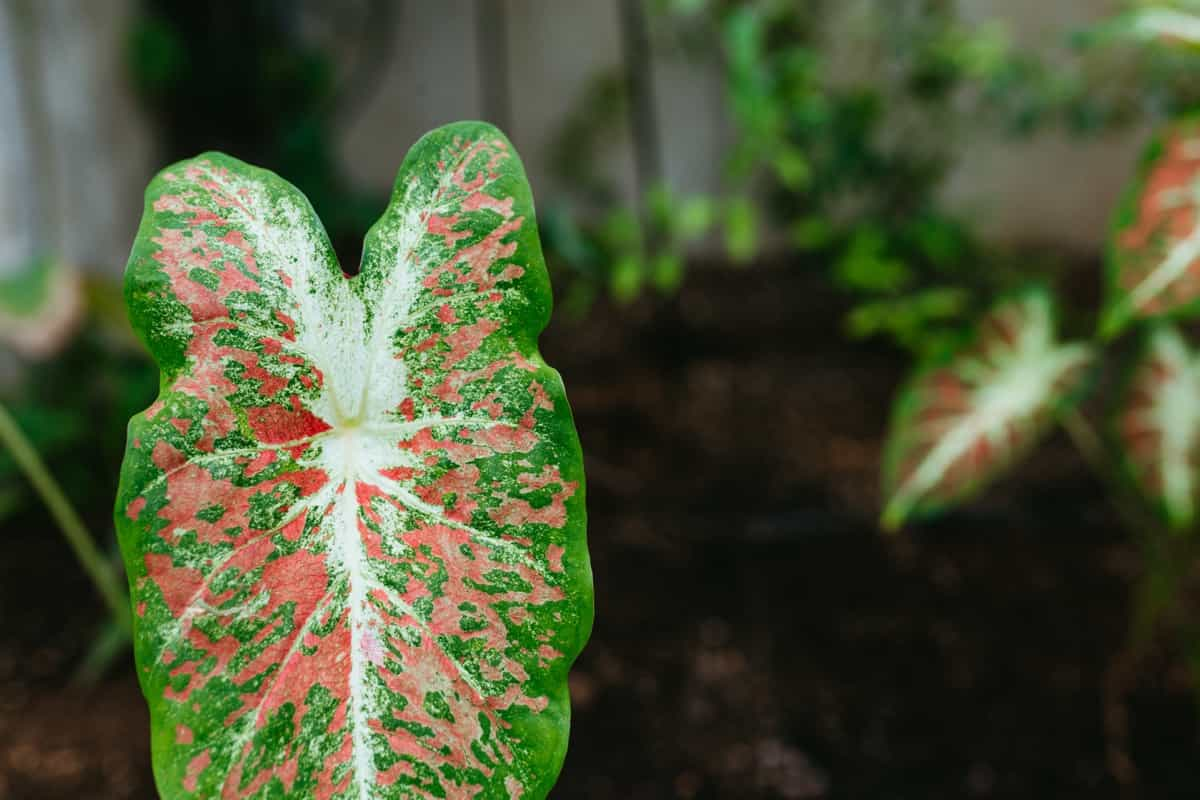
Importance of Early Detection and Diagnosis of Leaf Spot
Leaf spot diseases can cause significant damage to plants if left untreated. Early detection and diagnosis are crucial for several reasons, including reducing plant stress, preventing further spread, and choosing appropriate management strategies. Leaf spot diseases weaken plants by interrupting photosynthesis, which make use of light energy into chemical energy for growth and development.
This leads to reduced vigor and plant stress. Detecting and diagnosing leaf spots early can prevent further spread and limit the number of affected plants, saving time, money, and effort in managing the disease. Early detection and diagnosis of leaf spot diseases can be done by observing the symptoms and signs on the leaves.
Common symptoms include spots, scars, holes, or discoloration, which are visible changes in the plant’s appearance caused by the disease. Holes are formed when infected tissue dies and falls out of the leaf and can be round, oval, angular, or irregular depending on the type of pathogen and plant involved. Discoloration refers to the change in color of the leaf or parts due to the disease and can affect the entire leaf or parts, such as margins, veins, or interveinal areas.
Spores are common signs of fungal leaf spot diseases, as they are microscopic reproductive structures produced by fungi that wind, rain, insects, or garden tools can disperse. Bacteria are common signs of bacterial leaf spot diseases, as they multiply rapidly on infected leaves and cause spots or lesions. Nematodes are common signs of foliar nematode leaf spot diseases, as they are microscopic worms that enter and feed on the internal cells of infected leaves and cause spots or lesions.
Natural and Organic Remedies for Managing Leaf Spot in Plants
Leaf spot diseases can be managed using natural and organic remedies. Neem oil, extracted from the dry seeds of the neem tree and antifungal and antibacterial properties that inhibit the growth and spread of pathogens. It also acts as a repellent for insects that may vector spores or bacteria from infected plants to healthy ones. To use neem oil, mix two teaspoons with 1 liter of water and spray on affected leaves every 7 to 14 days until symptoms disappear. Baking soda, a common household ingredient, has antifungal properties that can prevent and control fungal leaf spot diseases.
Soil Management Strategies for Preventing Leaf Spot Diseases
To prevent leaf spot diseases, it is essential to maintain healthy, fertile soil that supports plant growth and resistance. Soil management strategies include avoiding planting in areas with past leaf spot diseases, rotating crops to reduce pathogen buildup, improving soil drainage and aeration with organic matter, avoiding excessive nitrogen fertilization, applying mulch around plant bases to reduce soil splashing, and testing soil pH to adjust it according to plant needs. Balancing pH can reduce the activity of pathogens that prefer acidic or alkaline soils, making it a crucial factor in managing plant health.
Beneficial Microorganisms for Biological Control of Leaf Spot
Leaf spot diseases can be prevented and treated using beneficial microorganisms that suppress or compete with the pathogens that cause them. Bacillus subtilis can stop the growth of fungal pathogens like Alternaria, Cercospora, and Septoria. This is because it makes antibiotics and enzymes.
In case you missed it: Top 20 Pumpkin Varieties to Grow in Your Garden: Best List of Pumpkin Varieties for High Profits
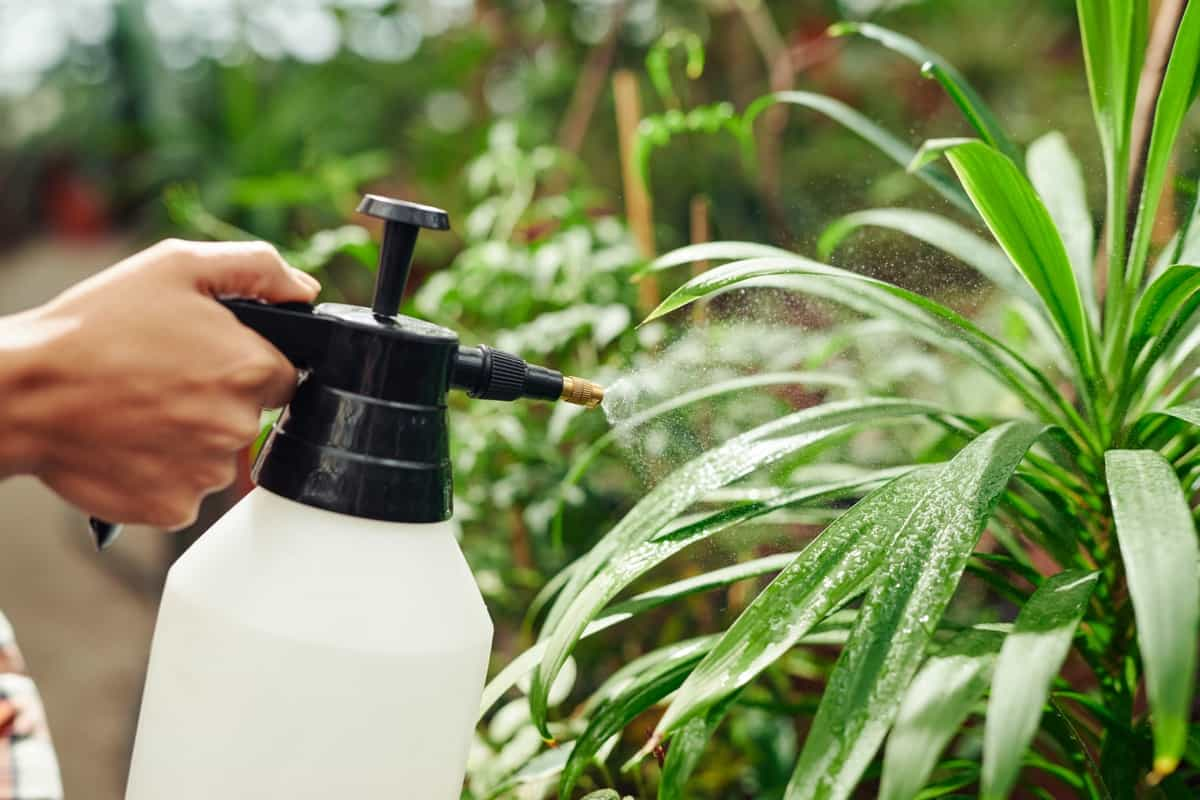
Trichoderma harzianum is a fungus that feeds on and kills other fungi. It can treat seeds, improve soil, or spray on plants before or during infection. Fungal pathogens like Botrytis, Sclerotinia, and Verticillium can not grow when Streptomyces lydicus, a bacteria that makes antibiotics and enzymes, is present. These beneficial microorganisms can be applied as a seed treatment, soil amendment, or foliar spray before or during infection.
Using Organic Fungicides as a Treatment for Leaf Spot
Leaf spot diseases can be treated using organic fungicides derived from natural sources and have less environmental impact than synthetic fungicides. Some organic fungicides include neem oil, which has antifungal and insecticidal properties, applied as a foliar spray every 7 to 14 days to control fungal leaf spots like anthracnose, powdery mildew, and rust.
Copper, a metal with fungicidal and bactericidal properties, can be applied as a foliar spray every 7 to 10 days to control bacterial and fungal leaf spots like fire blight, bacterial spot, and downy mildew. Potassium bicarbonate, a salt with fungicidal properties, can be applied as a foliar spray every 3 to 7 days to control fungal leaf spots like powdery mildew, black spot, and scab.
Pruning and Sanitation Practices to Manage Leaf Spots in Plants
Leaf spot diseases can be managed through pruning and sanitation practices. These include removing diseased branches or stems, disposing of them in the trash or burning, and not composting infected material. Pruning tools must be sterilized between cuts with 10% bleach or rubbing alcohol to prevent disease spread.
Regularly raking up fallen leaves or debris around plants helps reduce spores that can overwinter or splash onto new leaves. Avoiding overhead watering or irrigating early in the morning allows leaves to dry quickly and reduces humidity levels that promote disease development.
Integrated Pest Management Approaches for Effective Leaf Spot Control
Integrated pest management (IPM) is a method that combines different methods to prevent and control pests and diseases in an environmentally friendly and economically feasible manner. It involves keeping an eye on plants all the time for signs of leaf spot diseases, using plant varieties that are resistant or tolerant, using cultural, biological, and organic methods as the first line of defense, and getting rid of insects like aphids, thrips, and leafhoppers that can spread viral or bacterial leaf spot diseases. Synthetic fungicides are used only as a last resort, following label instructions.
In case you missed it: How to Identify and Control Celery Pests and Diseases: Management Strategies
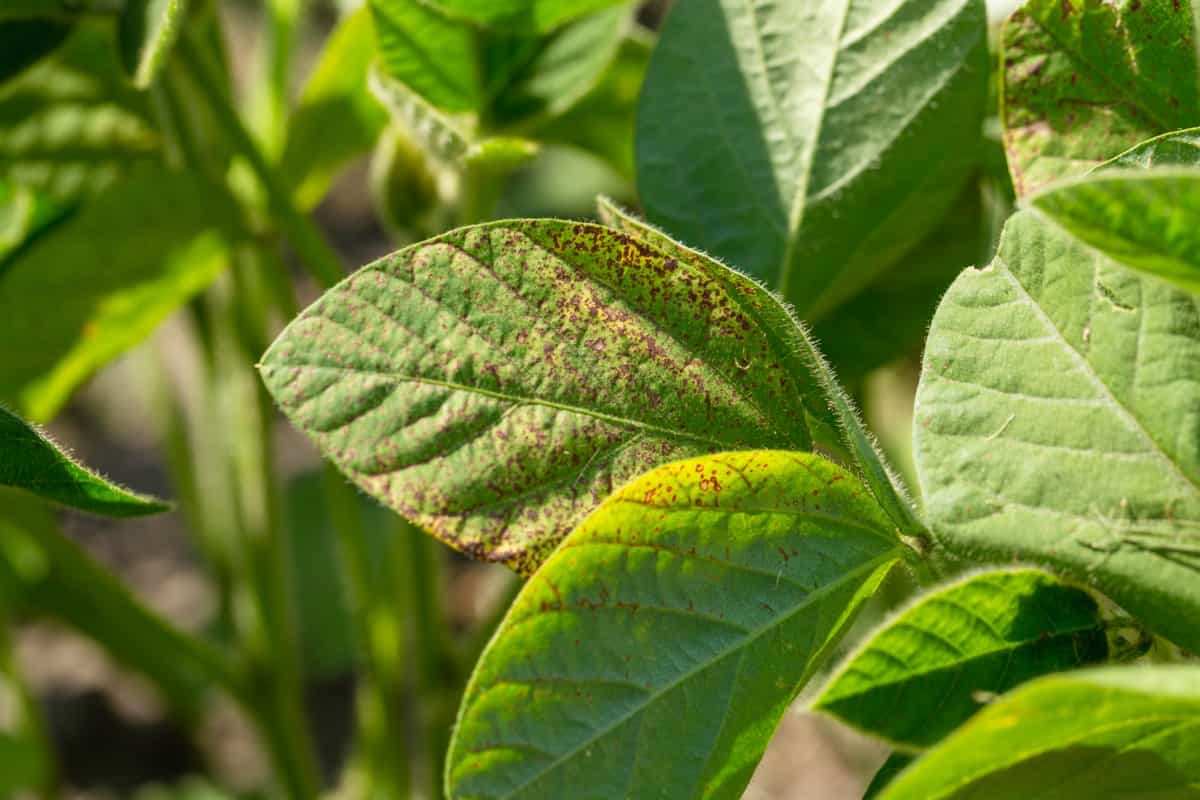
Conclusion
Leaf spot diseases are a common and challenging problem for many plants. Still, they can be stopped and treated with different soil management techniques, organic fungicides, pruning and sanitation methods, and approaches to integrated pest management.
- Types of Pesticides Used in Agriculture: A Beginner’s Guide
- Economical Aquaculture: A Guide to Low-Budget Fish Farming
- 15 Common Planting Errors That Can Doom Your Fruit Trees
- How to Make Houseplants Bushy: Effective Tips and Ideas
- Innovative Strategies for Boosting Coconut Pollination and Yield
- Pollination Strategies for Maximum Pumpkin Yield
- The Complete Guide to Chicken Fattening: Strategies for Maximum Growth
- Natural Solutions for Tulip Problems: 100% Effective Remedies for Leaf and Bulb-Related Issues
- Revolutionizing Citrus Preservation: Towards a Healthier, Greener Future
- Natural Solutions for Peony Leaf and Flower Problems: 100% Effective Remedies
- Maximizing Profits with Avocado Contract Farming in India: A Comprehensive Guide
- Natural Solutions for Hydrangea Problems: 100% Effective Remedies for Leaf and Flowers
- The Ultimate Guide to Choosing the Perfect Foliage Friend: Bringing Life Indoors
- From Sunlight to Sustainability: 15 Ways to Use Solar Technology in Agriculture
- The Ultimate Guide to Dong Tao Chicken: Exploring from History to Raising
- The Eco-Friendly Makeover: How to Convert Your Unused Swimming Pool into a Fish Pond
- Mastering the Art of Delaware Chicken Farming: Essentials for Healthy Backyard Flocks
- 20 Best Homemade Fertilizers for Money Plant: DIY Recipes and Application Methods
- How to Craft a Comprehensive Free-Range Chicken Farming Business Plan
- Brighten Your Flock: Raising Easter Egger Chickens for Beauty and Bounty
- How to Optimize Your Poultry Egg Farm Business Plan with These Strategies
- Subsidy for Spirulina Cultivation: How Indian Government Schemes Encouraging Spirulina Farmers
- Ultimate Guide to Raising Dominique Chickens: Breeding, Feeding, Egg-Production, and Care
- Mastering the Art of Raising Jersey Giant Chickens: Care, Feeding, and More
- Ultimate Guide to Raising Legbar Chickens: Breeding, Farming Practices, Diet, Egg-Production
- How to Raise Welsummer Chickens: A Comprehensive Guide for Beginners
- How to Protect Indoor Plants in Winter: A Comprehensive Guide
- Ultimate Guide to Grow Bag Gardening: Tips, Tricks, and Planting Ideas for Urban Gardeners
- Guide to Lotus Cultivation: How to Propagate, Plant, Grow, Care, Cost, and Profit
- Agriculture Drone Subsidy Scheme: Government Kisan Subsidy, License, and How to Apply Online
- Ultimate Guide to Raising Araucana Chickens: Breed Profile, Farming Economics, Diet, and Care
- Bringing Hydroponics to Classroom: Importance, Benefits of Learning for School Students
- Ultimate Guide to Raising Polish Chickens: Breed Profile, Farming Economics, Diet, and Care
- Ultimate Guide to Raising Australorp Chickens: Profile, Farming Economics, Egg Production, Diet, and Care
- Silkie Chicken Farming: Raising Practices, Varieties, Egg Production, Diet, and Care
- Sussex Chicken Farming: Raising Practices, Varieties, Egg Production, Diet and Care